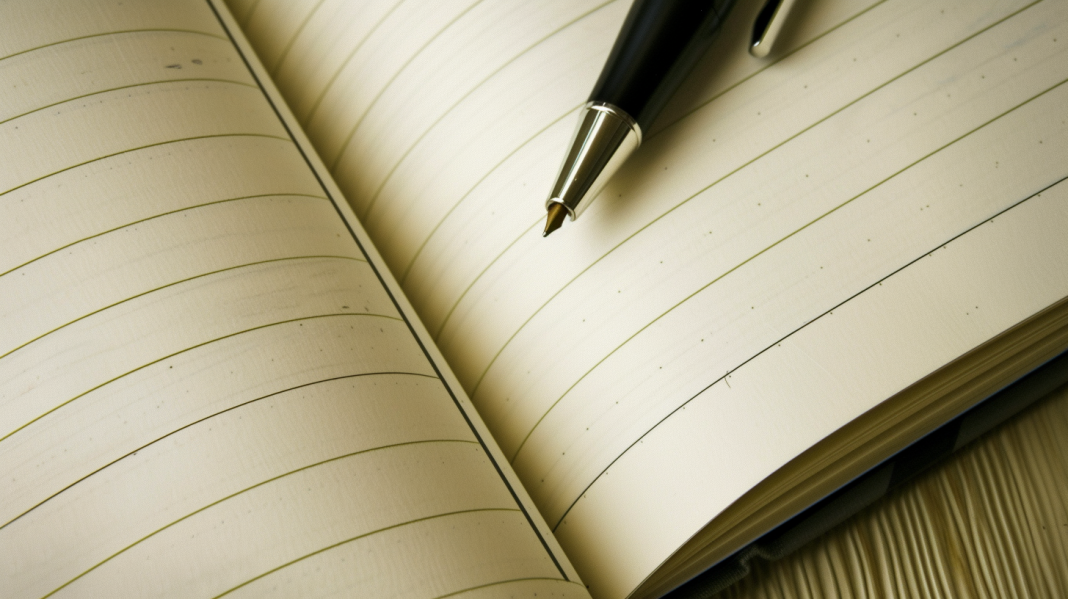I am often rudely reminded of the accelerating pace of change in this world, undertaken largely by an array of devices that beep, buzz and flash before our fixated eyes in constant call and response. Usually, it happens when teenagers in the local coffee shop, hunched over their miniature screens, completely ignore the piping hot lattes I’ve just spent my hard-earned dollars on, because they’ve slipped into a semi-comatose state. Or when people, distracted by their virtual worlds, walk smack dab into me on the downtown sidewalks of my beloved Schenectady.
Enough is enough. I can’t help but cast a longing gaze over my shoulder at the unforgotten era when conversation was an art, a social dance that took place sans smartphones, an era that shaped who I am today.
I no longer identify myself solely as Brian McCarthy, the old, grumpy local of Schenectady, but rather, have taken on a new moniker: the defender of dialogue.
Like me, many others were first introduced to the art of conversation around an antiquated rotary phone. I can still picture that avocado-green piece of machinery, situated atop the small table in the hallway of our snug family home. What a thrill it was to rotate each number to dial friends down the block or family from out of town. It was a time when calling someone required a conscious decision, a commitment, a purposeful choice to engage with another individual. Alas, gone are those days.
I remember long nights on my parents’ porch, trading stories and laughs with my clever friends. We would discuss everything under the moonlit sky – from the latest baseball scores to the science experiments in Mr. Johnson’s class. Our words, our shared tales became the fabric of those balmy summer nights. Back then, we didn’t just learn how to converse, but how to be present, how to connect and how to empathize.
Conversing with one another was not just an activity; it was an art form. Each word chosen with care, every anecdote framed purposefully, building to a crescendo of chatter that nurtured personal bonds and encouraged shared perspectives.
Yet people today, particularly the younger generation, seem to miss this point. And who can blame them? The pull of short bursts of text messages, the one-sided posts online, and the life highlight reels masqueraded as ‘reality’ are overwhelming, but they have drained the life out of conversations.
However, in their defense, such is the tyranny of technology, it leaves no time to reminisce. I’m well aware that I stand on the precipice of a bygone era, as I slide into my sixth decade on this planet. I am the last of the artful conversationalists, a breed soon to be extinct, looking back at a past that is more refreshing than an icy cold New York apple on a hot summer’s day.
As I wander through Central Park, watching the kids practice on my old baseball grounds, or as I make my way down Erie Boulevard, avoiding the glazed-eyed smartphone addicts, I am reminded of a time when we belonged to a community and not to social networks. We had the privilege, even with our limited resources, to be authentically close and genuinely interested.
It is a sad contemplation, indeed, that despite having every possible mode of communication at our fingertips, we seem to have lost this art. We’ve traded it in for likes, shares, unread messages, and meaningless emojis. We’ve turned it into a performative act – an artifice that does not foster genuine connections but encourages isolation in broad daylight.
The day I rue the most is when genuine face-to-face interaction falls into the annals of history, sandwiched between the telegraph and fax machine. For what it’s worth, I hope my wholesome yesteryears serve as a reminder to not forego the joyous dance that is conversation in its raw and beautiful form. Embrace it, for it has the power to reach across the metaphorical dinner table, across the generations, across our human fallacies, to simply connect and bind us together in a shared commonality of understanding.
It invokes a much simpler time – when the lyrical pull of a well-spun yarn was more powerful than any smartphone alert, the era when conversation was an active, hopeful interaction, a physical affirmation that we were all part of the same story, woven together into the rich tapestry of our shared existence.
I long for those days. I wish we could witness the resurrection of the lost art of conversation. But as I sit here at my favorite diner in Schenectady, nursing a cup of the blackest, strongest coffee mankind can brew and penning my thoughts, I fear my longing may be nothing more than nostalgia for a past that, like the dodo, is all but extinct. Nevertheless, I choose to hope, for often, hope is all we have.
So, as Brian McCarthy, defender of dialogue, I implore you, good people, put down your beeping, buzzing distractions and engage in the timeless dance of conversation. Say hello. Ask how someone’s day was. Share a laugh. Celebrate the ordinary. Lives are changed through conversation and connectedness. After all, we exist not in isolation, but in community. It’s high time we remembered that.
After all, we’re humans, we’re creatures of connection and interaction. So, let’s turn the tide back ourselves. Let’s bring back the lost art of conversation. We need it. More than we know.



